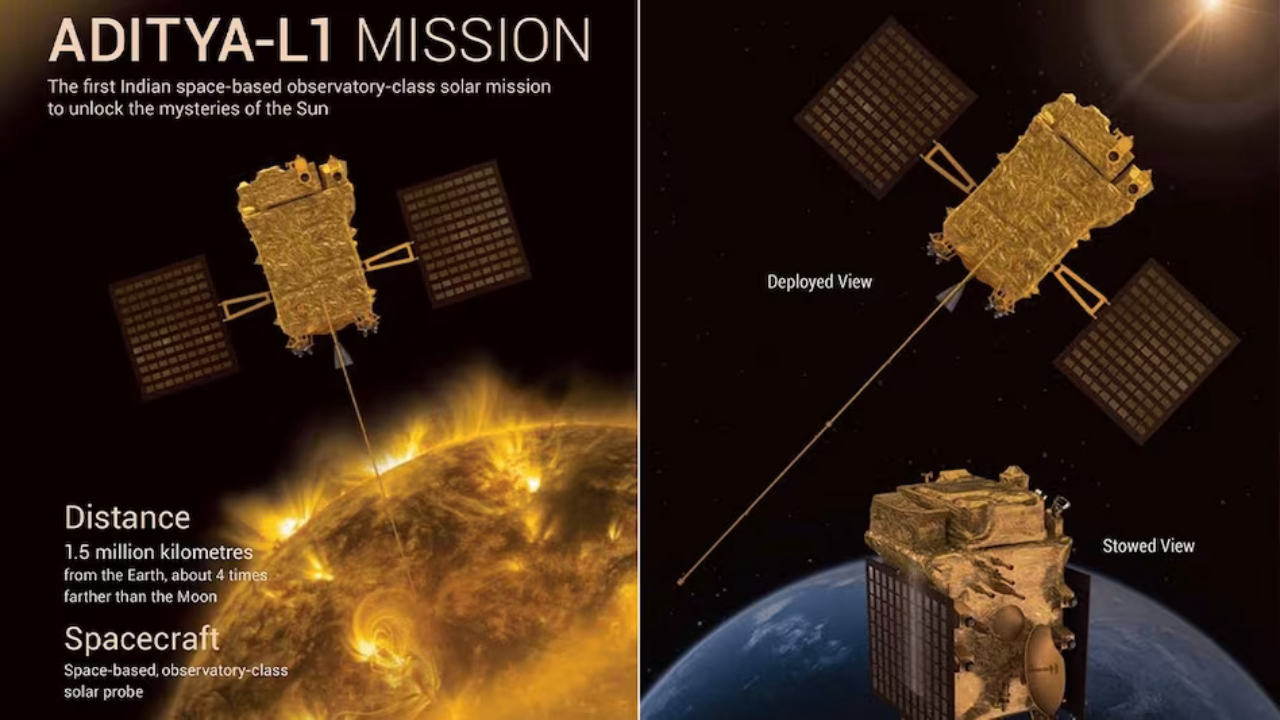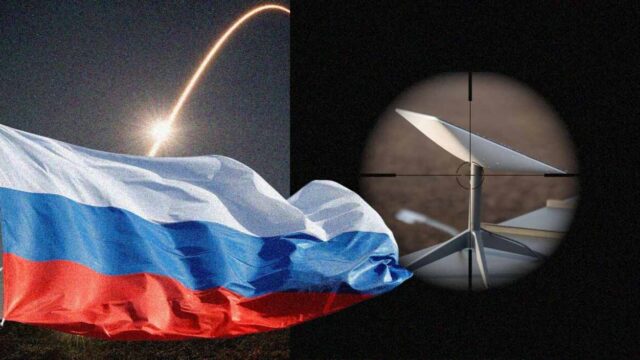This week, India successfully completed the Chandrayaan 3 mission, achieving a successful landing on the southern pole of the Moon. Following this development that captured the attention of the world, India shared data regarding the southern pole of the Moon. Now, they are focused on another mission. India is preparing to undertake its first Sun mission after the Moon. Here are the details…
How it will be the India’s Sun mission
The Aditya-L1 mission will be launched from the Satish Dhawan Space Centre aboard a Polar Satellite Launch Vehicle on September 2nd at 02:20 local time. Aditya, India’s first mission to study the Sun (named after the Hindu sun god), will observe solar activities to better understand the space environment and how it affects the Earth.

Hindistan Uzay Araştırma Örgütü (ISRO), uzay aracını yaklaşık 1 milyon mil (1,5 milyon kilometre) uzakta bulunan, yerçekimsel olarak kararlı bir nokta olan Dünya-Güneş Lagrange Noktası 1’e yerleştirecek.
ISRO’ya göre “L1 noktası etrafındaki hale yörüngesine yerleştirilen bir uydu, Güneş’i herhangi bir örtülme/tutulma olmadan sürekli olarak görüntüleme avantajına sahiptir.” Aditya-L1, gemide yedi bilimsel ekipman taşıyor; bunlardan dördü doğrudan Güneş’i hedef alacak. Geri kalan üçü ise gezegenler arası ortamdaki (veya uzaydaki) güneş dinamiğinin etkilerini incelemek amacıyla Lagrange Noktası 1’deki parçacıkları ölçmek için kullanılacak.
ISRO has captured the world’s attention since its first lunar mission’s successful landing. India’s second lunar surface landing attempt, Chandrayaan-3, achieved a soft landing on August 23rd. This mission has added India to the shortlist of countries that have achieved the challenging feat of landing on the Moon, which includes the Soviet Union, the USA, and China. Moreover, it became the first landing craft to touch down at the southern pole of the Moon.
India is making strides with its growing space program and has recently signed the Artemis Agreement, aimed at advancing its ongoing lunar program, including establishing a habitat on the Moon and fostering more collaboration. ISRO is also rumored to have preliminary plans for launching missions to Mars and Venus.














